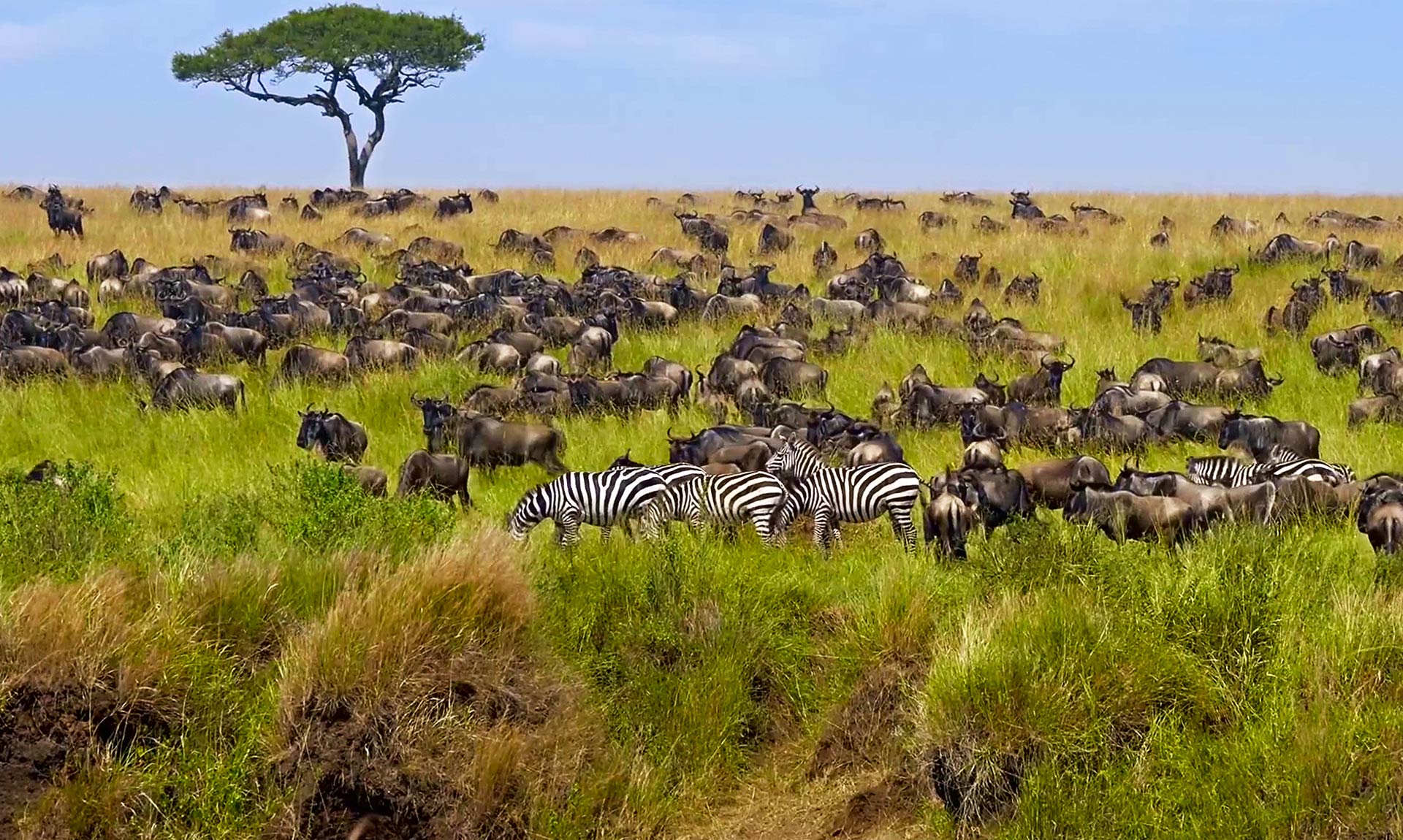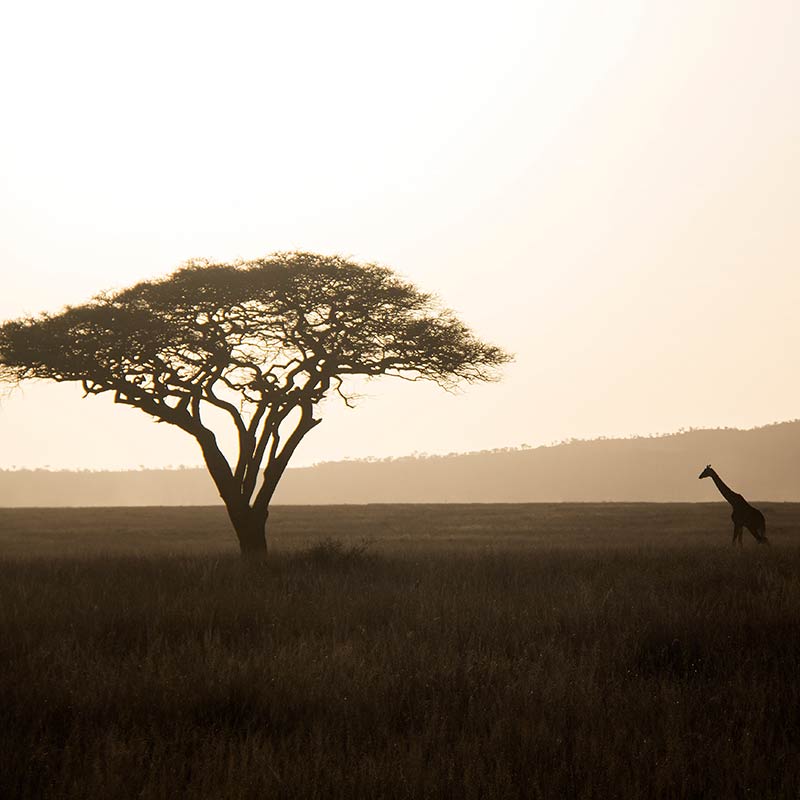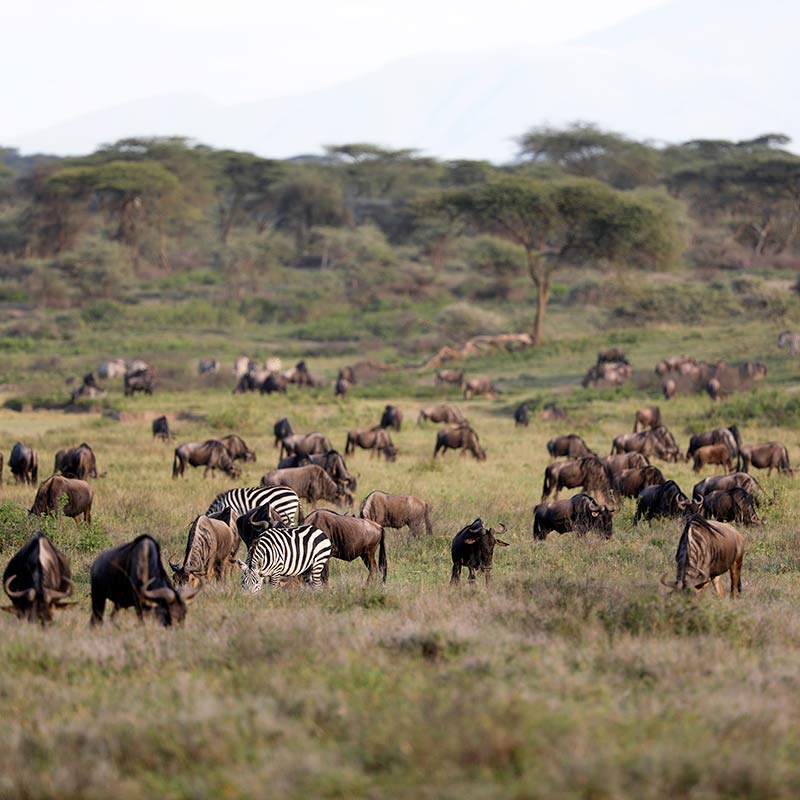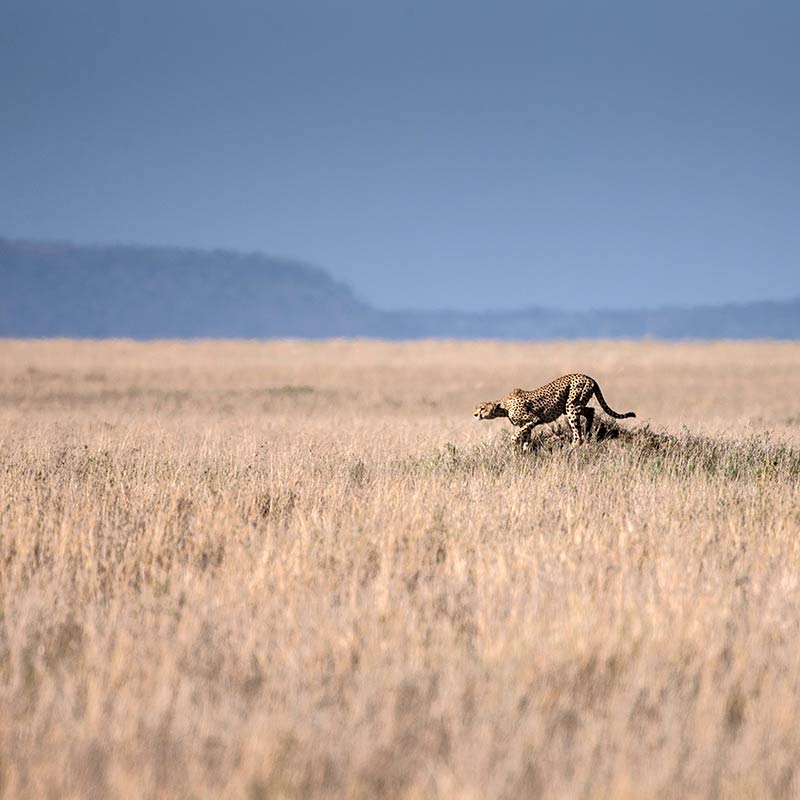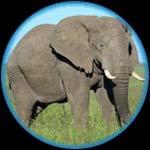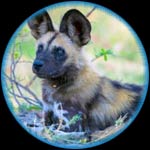SQUARE MILES
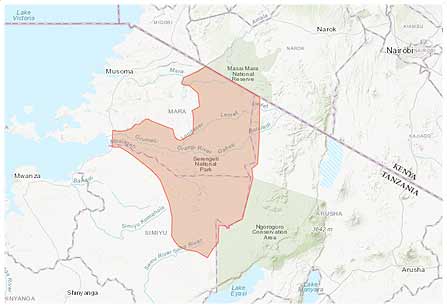
LOCATED IN NORTHERN TANZANIA, IT COVERS APPROXIMATELY THE SAME AREA AS CONNECTICUT
STRONGHOLDS FOR: OVER 2 MILLION WILDEBEEST, 900,000 GAZELLES, 300,000 ZEBRAS, 9,000 SPOTTED HYENAS, 4,000 LIONS, 1,000 LEOPARDS AND 1,000 CHEETAHS
 THE SERENGETI HAS NOT YET BEEN DESIGNATED AS A UNESCO WORLD HERITAGE SITE
THE SERENGETI HAS NOT YET BEEN DESIGNATED AS A UNESCO WORLD HERITAGE SITE
SERENGETI FACTS
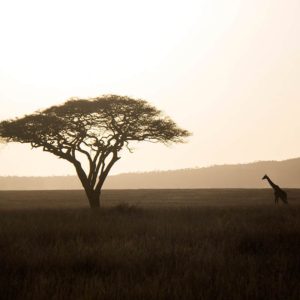
The Serengeti encompasses other protected reserves and conservation areas maintained by the Tanzania and Kenyan governments. One of these is known as Serengeti National Park, which was established in 1952. Other areas include the Maswa Game Reserve and Maasai Mara National Reserve. In the past, much of what is now the Serengeti was referred to as “Maasailand” by foreigners. The Maasai were traditionally known to be fierce warriors, but have peacefully coexisted with wild animals in the area for centuries.
The Serengeti is known for its abundance of species. It is home to over 2 million Wildebeest, 900,000 Gazelles, 300,000 Zebras, nearly 9,000 Spotted Hyenas, 4,000 Lions, 1,000 Leopards and approximately 1,000 East African Cheetahs. Other terrestrial species include the Giraffe, Hippopotamus, Buffalo, White Rhino, African Elephant, Black Rhino, and African Wild Dog. The African Elephant, Black Rhino and African Wild Dog are all globally ENDANGERED or THREATENED species. There are over 500 bird species, ranging from the Ostrich to Black Eagles. On the smaller end of the spectrum, there are thousands of insect species. Each of these species make a vital contribution to the ecosystem.
SERENGETI UNIQUE FEATURES
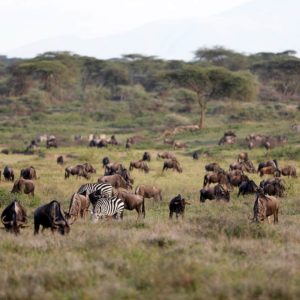
The Great Wildebeest Migration
The Serengeti is at the heart of one of the greatest wildlife spectacles on Earth – the Great Migration. The initial phase of the year-long Great Migration begins in January and continues through March. At this time 260,000 zebras, 1.7 million wildebeest, 470,000 gazelles, and thousands of other species, travel northwest from the area around the Ngorongoro Conservation Area in search of fresh grazing grass. The calving season begins in March, coinciding with the beginning of the rainy season. During this time the wildebeests will give birth to approximately 8,000 newborns each day; 500,000 in total.
The rainy season ends in May or early June. The animals then move northwest towards the area surrounding the Grumeti River, where they remain until late June or early July. The next phase begins in early to mid-July when the animals cross the Grumeti River and head northeast towards the Mara River and Maasai Mara National Preserve in Kenya. They remain in the Maasai Mara National Preserve through October. The circular path of the migration continues in October when the animals move south towards the Arusha Region. They continue south towards where their journey began – the area around the Ngorongoro Conservation Area in the southeast corner of Serengeti National Park. During the course of the 500-mile Great Migration, approximately 250,000 wildebeest and 30,000 zebra will die. Death occurs from thirst, hunger, exhaustion or predators.
SERENGETI THREATS
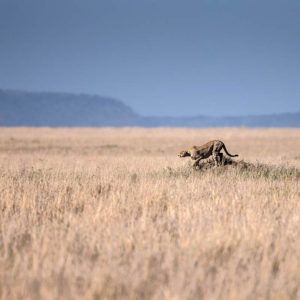 Serengeti National Park is large enough to ensure the survival and success of all its species, if its present state is maintained. But its size alone does not ensure the preservation of the unified ecosystem. Currently, the ecosystem is intact with no barriers to the Great Migration. Animals are still free to make their year-long journey, without interference from outside sources, as they have for thousands of years. However, a potential threat exists in the form of a plan to build a transportation system through the heart of the Serengeti. The transportation system would virtually cut the ecosystem in half. This would result in severely negative consequences to the Serengeti. Conservations are urging developers to – Research instead of ‘Build first… worry later”. If the Maswa Game Reserve and Maasai Mara National Reserve were added to the list of UNESCO World Heritage Sites, this would help safeguard this vital ecosystem.
Serengeti National Park is large enough to ensure the survival and success of all its species, if its present state is maintained. But its size alone does not ensure the preservation of the unified ecosystem. Currently, the ecosystem is intact with no barriers to the Great Migration. Animals are still free to make their year-long journey, without interference from outside sources, as they have for thousands of years. However, a potential threat exists in the form of a plan to build a transportation system through the heart of the Serengeti. The transportation system would virtually cut the ecosystem in half. This would result in severely negative consequences to the Serengeti. Conservations are urging developers to – Research instead of ‘Build first… worry later”. If the Maswa Game Reserve and Maasai Mara National Reserve were added to the list of UNESCO World Heritage Sites, this would help safeguard this vital ecosystem.
Another potential threat to the success of this vital ecosystem is the scarcity of surface water. Scarcity of surface water is especially threatening to animals during times of drought. Only the Mara River flows through the ecosystem year-round. One possible solution would be to extend Serengeti National Park’s boundaries to include a portion of Lake Victoria. The extension would provide animals with additional access to water during dry periods.


